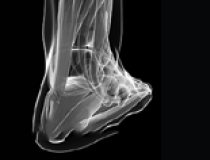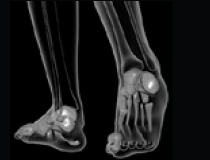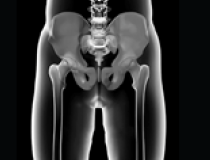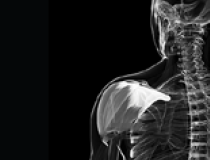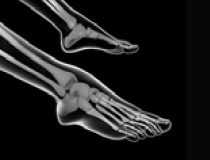GRAFTJACKET NOW™
Total Regenerative Tissue Matrix
Is GRAFTJACKET NOW™ Regenerative Tissue Matrix Right For You?
Indications/Applications
The GRAFTJACKET NOW™ Matrix is used to provide supplemental support, protection, and reinforcement of tendon and ligamentous tissue; or other homologous use.
It is a human dermal collagen template that is readily incorporated into the body. The Matrix undergoes a proprietary process, packaged pre-hydrated in sterile water, and terminally sterilized using electron beam irradiation.
GRAFTJACKET NOW™ is a ready-to-use, acellular human dermal matrix that provides strength and support with demonstrated vessel infiltration – a key indicator for graft incorporation.1 With its strong and flexible design and beneficial biological characteristics, it serves as a strong addition to strengthen primary repairs short and long term, eliminating the morbidity associated with harvesting allograft.
1. Data on file at AlloSource
How does GRAFTJACKET NOW™ Matrix work?
Graft composition and processing generate variability from one option to the next. Selecting the most biologically compatible graft has clear clinical benefits associated with long term incorporation as illustrated below from a study by McQuillan et. al.
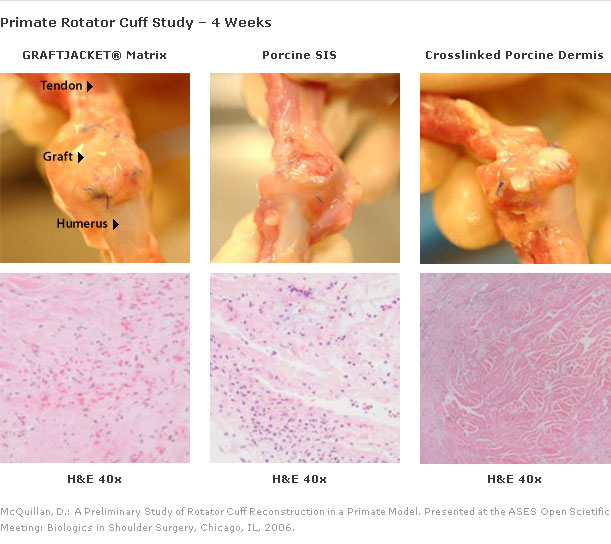
Properly processed Human Acellular Dermal Matrix can have very positive affects for not only mechanical support and repair strength but also repaired tissue quality as demonstrated by the study by Snyder et al.
1. Snyder. Histologic Evaluation of a Biopsy Specimen Obtained 3 Months After Rotator Cuff Augmentation with Graftjacket Matrix. J. Arthrosc. 25:3. p. 329-33. 2009.
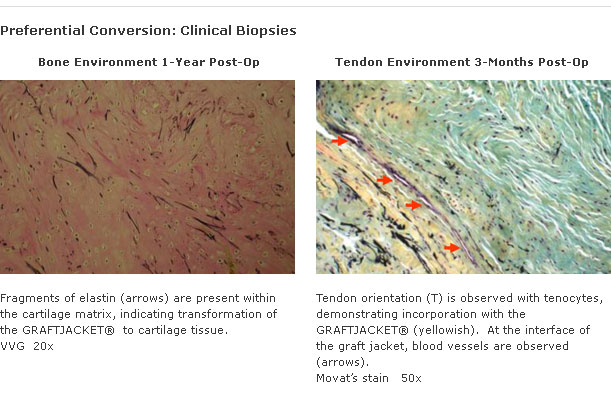
GRAFTJACKET NOW™ Regenerative Tissue Matrix
GRAFTJACKET NOW™ is processed to protect the collagen matrix which allows for revascularization and biologic incorporation over time.
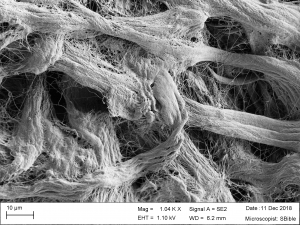
By protecting the matrix through the processing steps, the vascular channels are preserved as demonstrated in this electron micrograph.
Dermis is very vascular, making the GRAFTJACKET NOW™ Matrix an excellent graft template to support many different soft tissue repairs.
These channels act as a template for rapid initial revascularization through what is called inosculation. This is simply communication of existing blood vessels in the body with the preserved channels in the graft. New blood vessels will be formed later through the process known as angiogenesis.
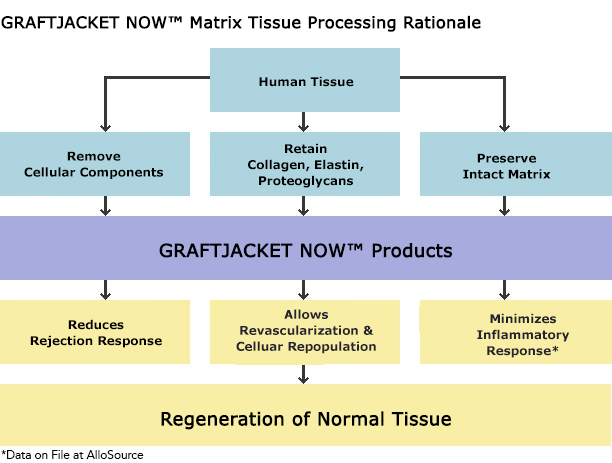
What makes the GRAFTJACKET NOW™ Matrix unique is the processing.
Proper processing is very important to allow for tissue regeneration via a like-for-like tissue scaffold.
The first step in the processing is to remove the cellular components, or antigens from the human tissue. This helps to minimize any rejection response to the allograft.
In removing the cellular components, you keep in place the collagen, elastin, and proteoglycan components, important components of the extracellular matrix, which allows for rapid revascularization and cellular repopulation.
It is also very important that you preserve the intact matrix. This minimizes any damage to the matrix, avoids any artificial crosslinking and as a result minimizes inflammatory response.
Processing is key – you can begin with the same material, but if it’s put through a different process, it will result in a very different material that could behave very differently in the body.

